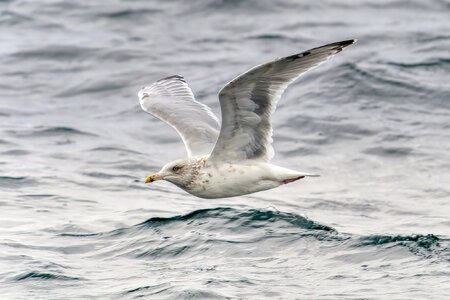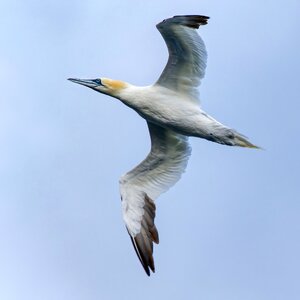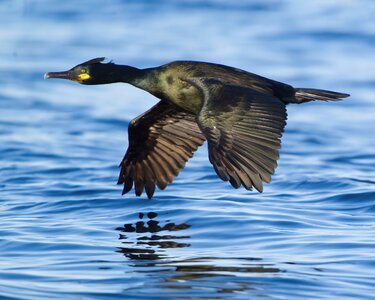Astacus
Active Member
- Followers
- 0
- Following
- 1
- Joined
- Jan 7, 2022
- Posts
- 99
- Likes Received
- 112
- Name
- Robert Beynon
If you are taking bird shots (1/1000th, auto ISO typically) and a flying bird moved from in front of a landscape to the sky, you'll under expose the bird. Is there a simple way in which I can assign a button to inc EV by, say +1, to improve exposure of the subject, albeit at the expense of the background? I'm asking 'can it be done' rather than 'how' as I like to work things out myself. Thanks all.




